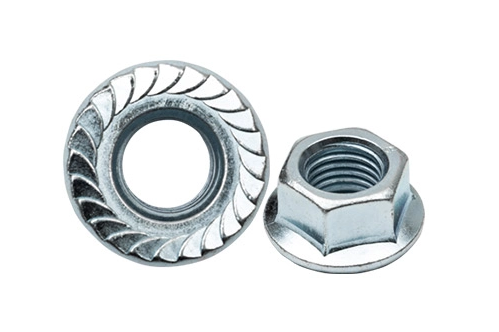Unveiling the Secrets: Unraveling the Mystery of the Strongest Cement
In the realm of construction materials, cement plays a pivotal role in providing strength and durability to structures. However, not all cements are created equal. The quest for the strongest cement has been a topic of interest for engineers, architects, and researchers alike. In this blog post, we will delve into the world of cement and explore the factors that contribute to its strength. Join us on this journey as we uncover the secrets behind the strongest cement available today.
- Understanding Cement Composition:
Cement is primarily composed of four key ingredients: limestone, clay, gypsum, and additives. The combination and proportions of these components determine the properties and strength of the final cement product. Limestone provides the necessary calcium, while clay contributes silica, alumina, and iron oxide. Gypsum regulates the setting time, and additives enhance specific characteristics. - Types of Cement:
There are various types of cement available, each designed for specific applications. However, when it comes to strength, two types stand out: Portland cement and High-performance cement.
- Portland Cement: This is the most commonly used cement worldwide. It offers good strength and durability, making it suitable for general construction purposes. However, for applications requiring exceptional strength, other options should be considered.
- High-performance Cement: Developed to meet the demands of modern construction, high-performance cement offers superior strength, durability, and resistance to environmental factors. It is often used in high-rise buildings, bridges, and infrastructure projects where structural integrity is paramount.
- Factors Influencing Cement Strength:
Several factors contribute to the strength of cement, including:
- Clinker Quality: The quality of clinker, the main component of cement, greatly affects its strength. Clinker with a higher percentage of tricalcium silicate (C3S) and dicalcium silicate (C2S) tends to result in stronger cement.
- Fineness: The fineness of cement particles affects its hydration process and overall strength. Finer particles provide a larger surface area for hydration, leading to increased strength.
- Chemical Admixtures: Chemical admixtures, such as superplasticizers and accelerators, can enhance cement strength by improving workability, reducing water content, and accelerating the hydration process.
- Curing Conditions: Proper curing is crucial for cement strength development. Adequate moisture and temperature control during the curing process promote optimal hydration, resulting in stronger cement.
- Innovations in Cement Technology:
Advancements in cement technology have paved the way for even stronger and more sustainable options. Some notable innovations include:
- Blended Cements: Blending cement with supplementary cementitious materials like fly ash, slag, or silica fume can enhance strength, reduce environmental impact, and improve long-term durability.
- Nanoengineered Cement: Utilizing nanotechnology, nanoengineered cement offers enhanced strength and durability by manipulating the properties of cement particles at the nanoscale level.
- Geopolymer Cement: Geopolymer cement, an alternative to traditional Portland cement, utilizes industrial by-products and offers excellent strength, chemical resistance, and reduced carbon emissions.
Conclusion:
Choosing the strongest cement for your construction projects is a critical decision. Understanding the composition, types, and factors influencing cement strength empowers engineers and architects to make informed choices. As technology continues to advance, the quest for even stronger and more sustainable cement options continues. By staying abreast of these developments, we can build a future where structures stand tall with unwavering strength and durability.




